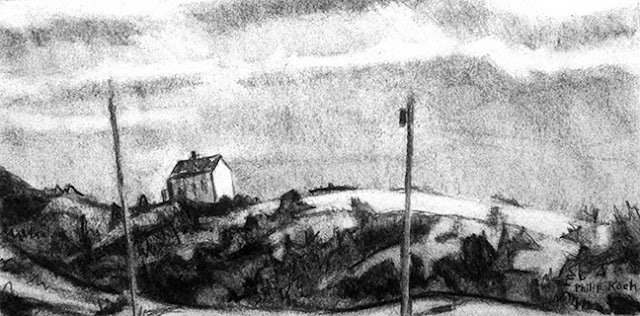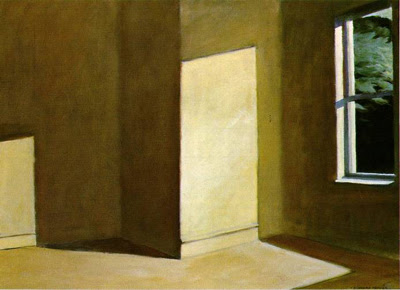Yellow Arcadia

Philip Koch, Yellow Arcadia, oil on panel, 30 x 40", 2006
I've changed.
Early on I painted the landscape by directly observing a specific place. With my paints and portable easel in tow, I'd head out seaching for sources that called out to me. My paintings were reports on how an actual location looked and felt at a specific time. I'm very proud of the work I did then.
In the last decade and a half I've come to see landscape painting as a means to evoke more a state of mind than a particular location. Memory and imagination loom larger as sources as I paint.
My painting Yellow Arcadia is a good example. It's a favorite of mine and will be included in the upcoming exhibition Philip Koch: Landscapes and Hopper Interiors at the Edward Hopper House Art Center in Nyack, NY Feb. 14 - April 12, 2015.
In our imagination the word Arcadia has come to represent an idyllic and unspoiled wilderness. Alternately it's seen as a place where humans live in complete harmony with nature. Nature ultimately is the wellspring of all creativity. It is where we came from. I believe it's critical that we reflect anew on its importance.
I'm far from the first to chew on this bone. From 1833-1836 Thomas Cole, the father of American landscape painting, created his series of canvases The Course of Empire. The second canvas in the series, The Arcadian State, demonstrates this view.



